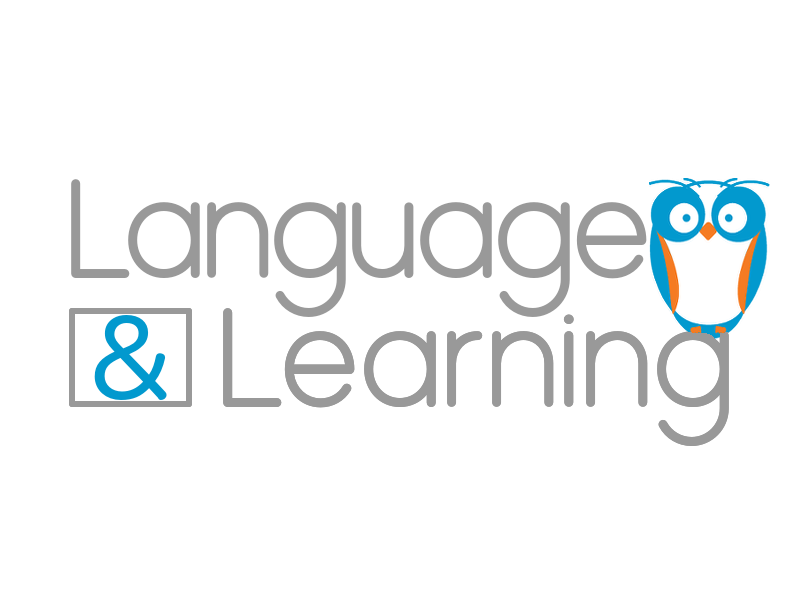Evaluations
Formal Speech-Language Evaluations
Language & Learning offers speech-language evaluations to provide communication diagnoses and identify the specific nature of communicative difficulties. Depending on whether your concerns are more general or specified, we will recommend the level of testing necessary to provide adequate information to understand areas of weakness as a basis for the development of a treatment approach, if warranted. While broader concerns may warrant a full speech-language evaluation, those with more narrow areas of concern may only require evaluation of certain communicative areas. A complete speech-language evaluation will involve formal and informal assessment (with more or less emphasis placed on each area based on feedback obtained prior to the evaluation) of the following skills: literacy (phonological awareness, sound-symbol correspondence, word attack, single-word reading and spelling, reading rate, reading accuracy, reading comprehension, written language), auditory processing, social skills/pragmatics, executive functioning, memory, problem solving, morphology, syntax, semantics, verbal expression, auditory comprehension, voice, hearing, motor speech, and fluency.
A brief phone call with a speech-language pathologist at Language & Learning will get us started toward determining whether an evaluation is the appropriate first step. Contact Us
What to expect:
Prior to testing, initial rapport-building and conversation with the clinician is an important aspect of our evaluations. We believe that it is necessary to develop a certain level of comfort for the client in order to receive an accurate picture of their communicative abilities. Additionally, this initial interaction is an important opportunity to observe communicative skills in a more naturalistic context, as opposed to the structured nature of testing. The testing portion of our evaluations involves the use of primarily formal measures, which provide scores to allow for comparison with age-matched peers. In addition to the quantitative information provided by these measures, we believe that behavioral observations can be equally as important in developing a complete communicative profile. For example, the ability to understand testing directions, frequency of repetitions needed, level of difficulty with test items for which credit was received, or any strategies used during testing may help us determine a client’s functional communication skills.
In addition to the time spent with the client, the clinician will review information from the family, school, and any additional relevant professionals. We use this information to select testing measures and take it into consideration when providing diagnoses and therapy goals. Additional reports from teachers or other professionals (e.g., cognitive testing) is also a welcome and beneficial resource in guiding the evaluation and eventual treatment plan. It is important to select goals that will have a functional impact on the client’s communication; therefore, we believe that input from the people who observe him or her in this functional context is a critical element in developing a treatment plan.
Following the evaluation, the speech-language pathologist will write a report and submit it to the client/caregiver for personal use and for submission to other professionals. This report is beneficial not only for personal understanding of communicative strengths and weaknesses, but also for anyone in contact with the client on a regular basis or in a position to provide the necessary accommodations to enhance the client’s ability to function within their environment (e.g., teachers, principals, learning specialists, members of an IEP team, therapists, bosses, employees).
The following will be included in the evaluation report:
- Summary of background information
- Summary of the forms and reports received regarding the client’s communicative skills
- Standardized test scores with a summary of testing procedures, interpretation of test scores, and behavioral/qualitative observations
- Summary of observed areas of strength and weakness
- Recommendations
- Diagnoses (if warranted)
